These are the most-reported customer service issues not covered by warranty, the expected standards and required maintenance for these items.
Please reference the Homeowner Handbook for more detail.
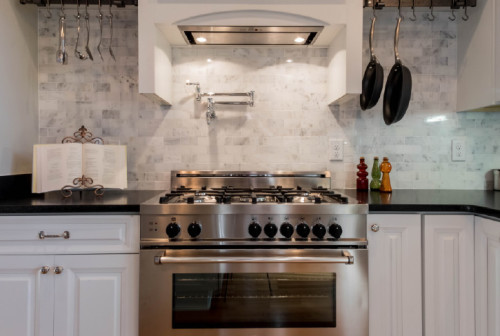
For emergency items related to heating and cooling, electrical, plumbing and appliances, please contact the contractors directly. A sticker has been placed in a kitchen cabinet with support numbers unique to your neighborhood.
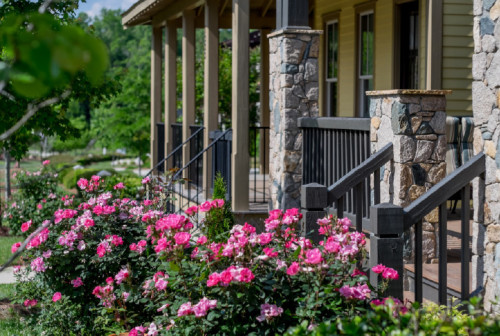
Grades and swales are established so that water is carried away to the intended destination. After closing, maintenance becomes the responsibility of the homeowner. Alterations, including fencing, irrigation or planting beds, void the warranty.
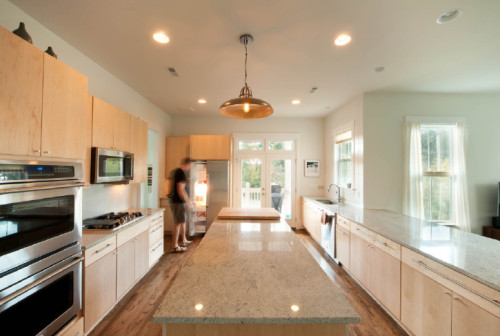
Over time, walls and countertops may be damaged by sharp or heavy objects. While not covered under warranty, these surfaces can often be repaired by local professionals or with products found at home improvement stores.
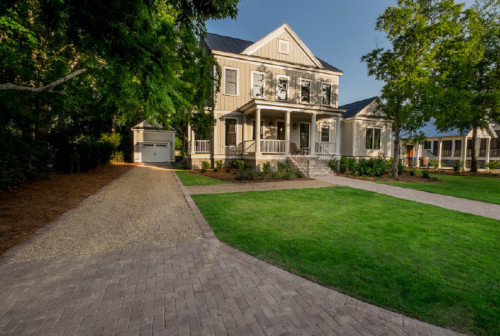
A yard is not easily established, especially at certain times of the year. It is important to regularly water and fertilize. Failure to properly maintain grass is likely to result in poor growth and an increased presence of weeds.
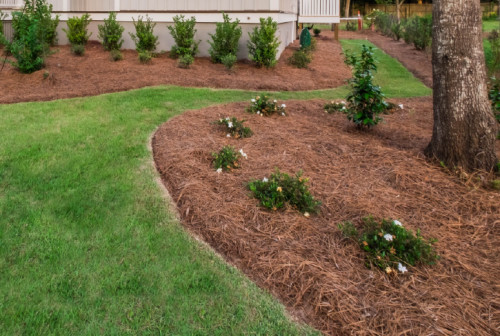
Mulch, pine straw, dirt and landscaping can get moved out of place during heavy rains. It is important that you return these items to their original locations and/or add new materials to avoid altering the drainage pattern of a yard.
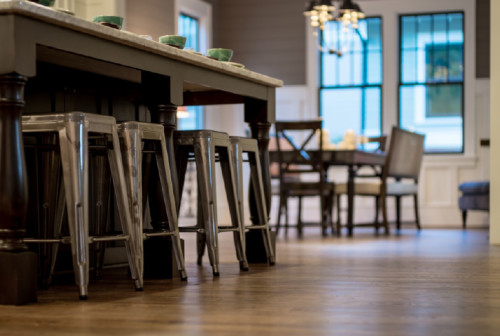
Hardwoods respond to seasonal variations in weather and temperature, leading to cupping, squeaking, swelling and shrinkage. This is perfectly normal. Refer to the National Wood Flooring Association’s website for industry guidelines.
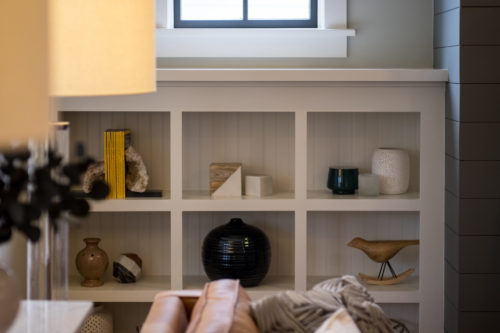
Hairline foundation & concrete flatwork cracks are normal and occur because of expansion and contraction. These cosmetic cracks can often be repaired by using cementitious products found at home improvement stores.
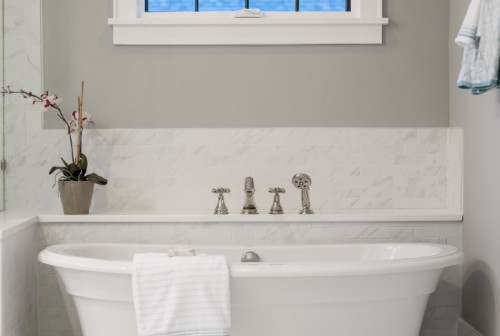
Walls are expected to subtly move at certain times of the year, which can separate caulking and cause hairline cracks. This can often be corrected with additional caulking, particularly in areas where water is more likely to enter.
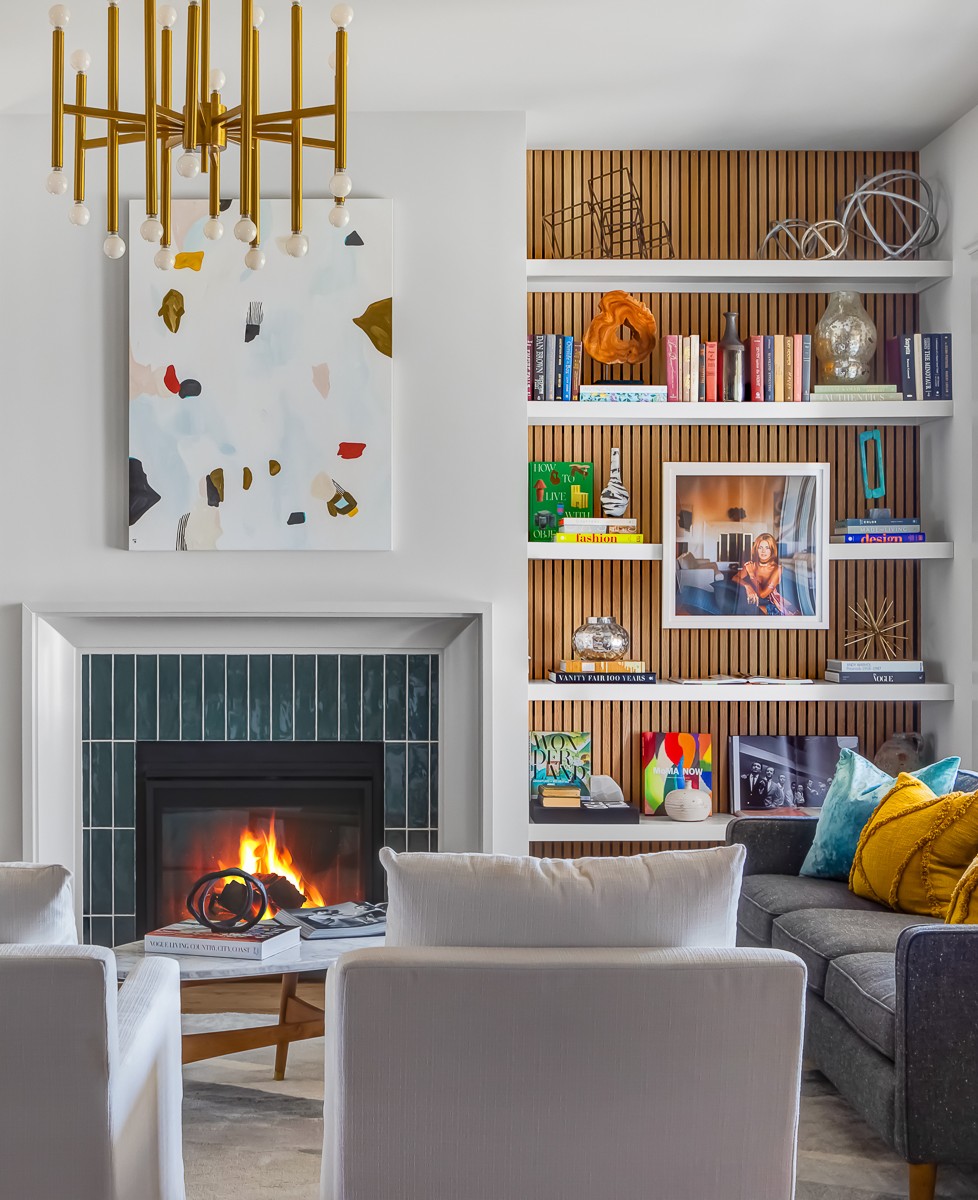
Sign up to receive updates on our latest new homes, communities, and incentives.